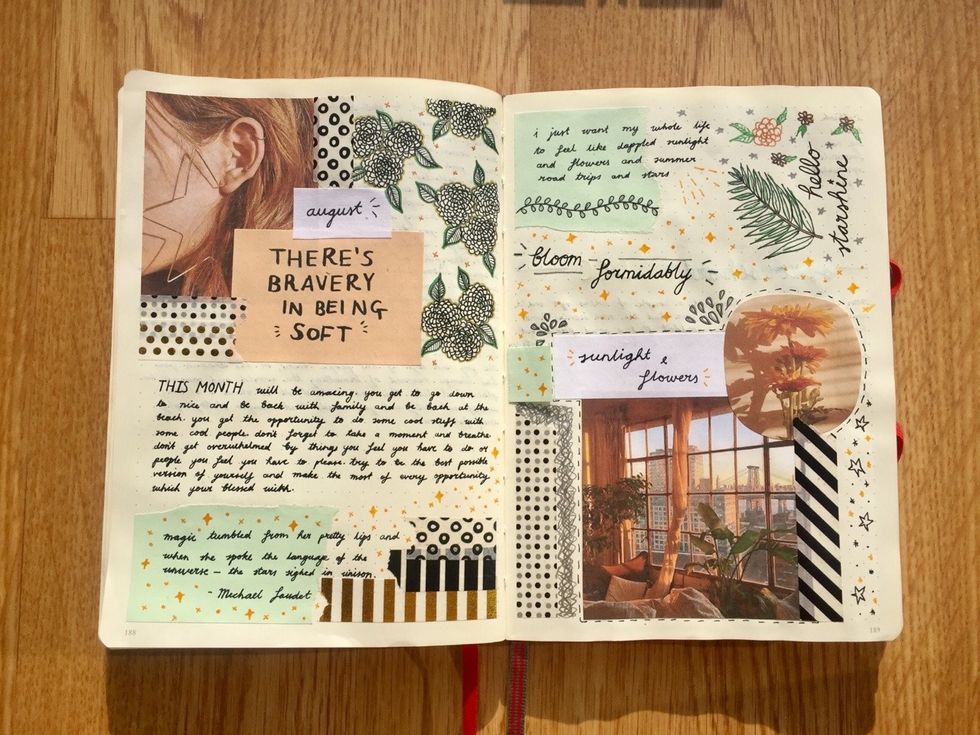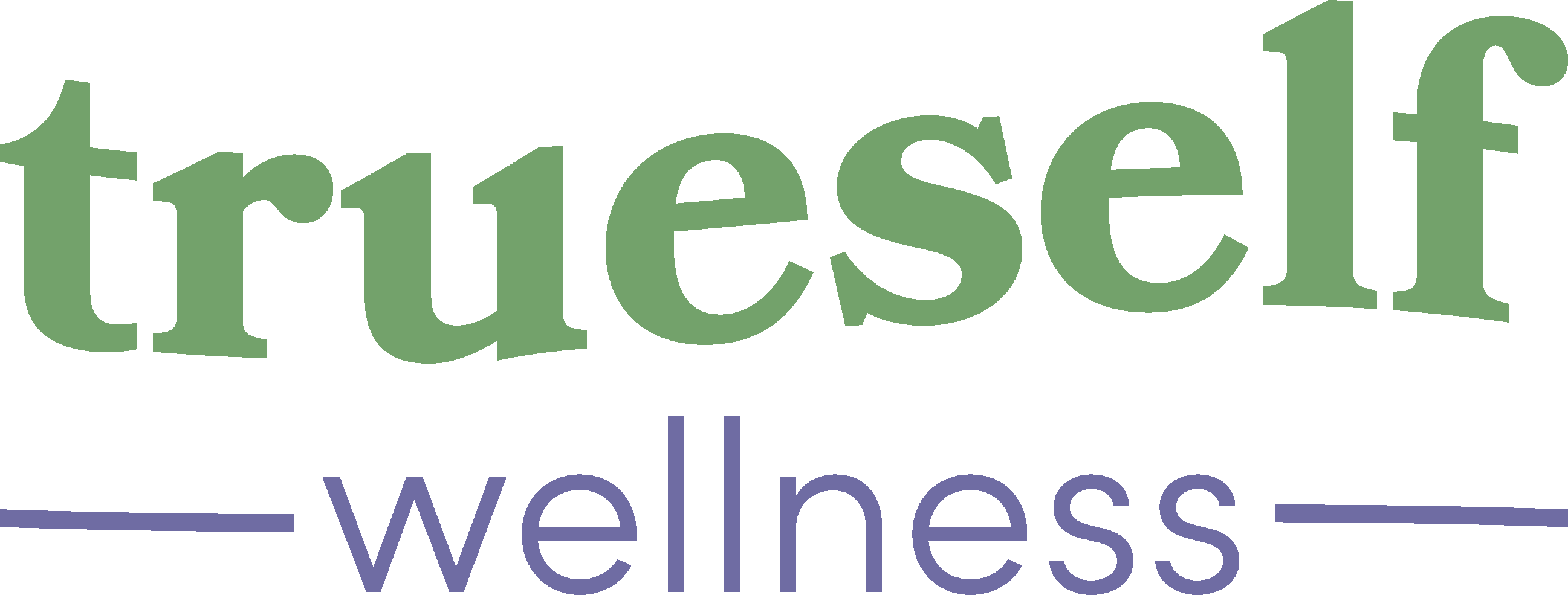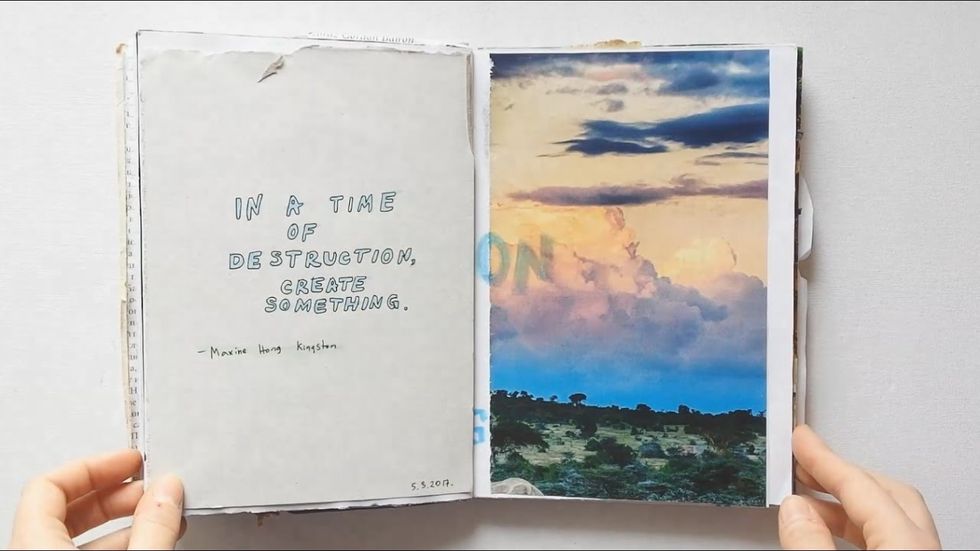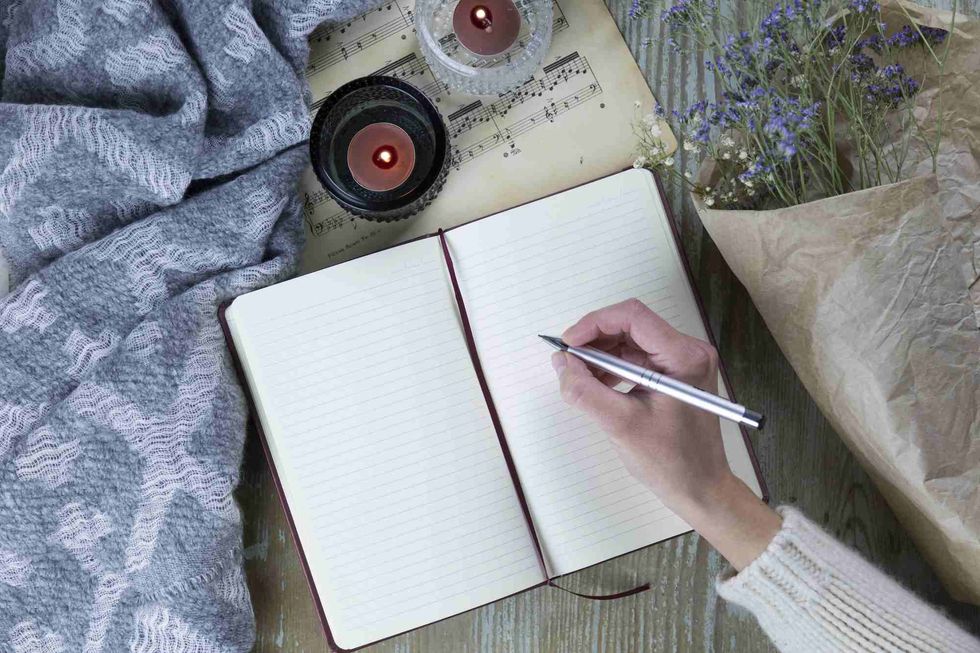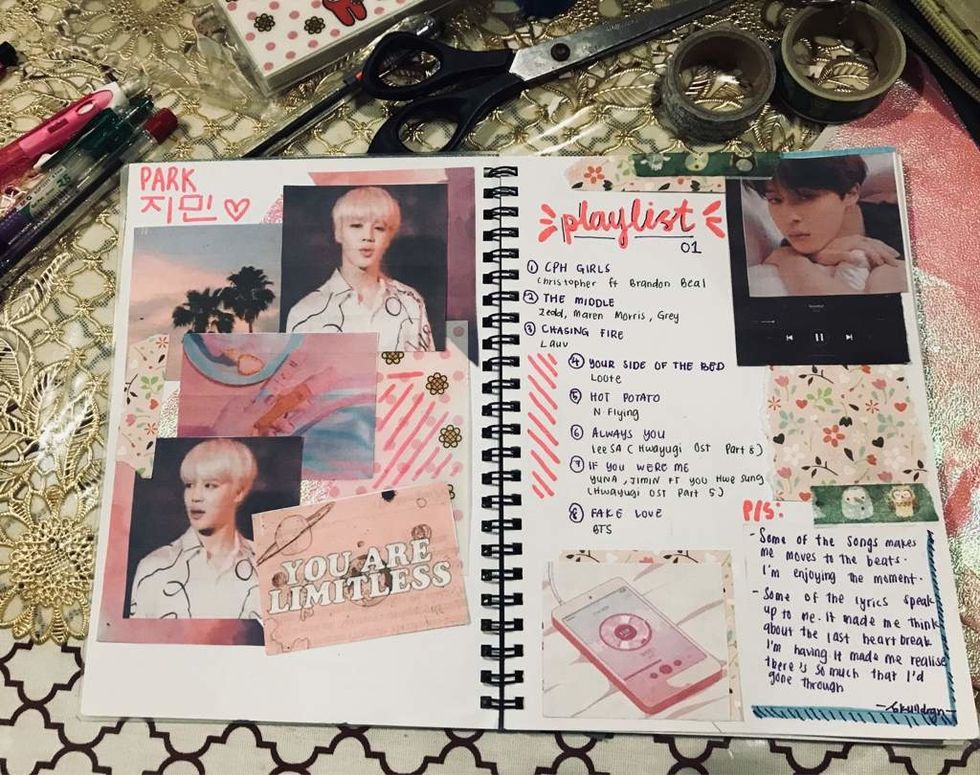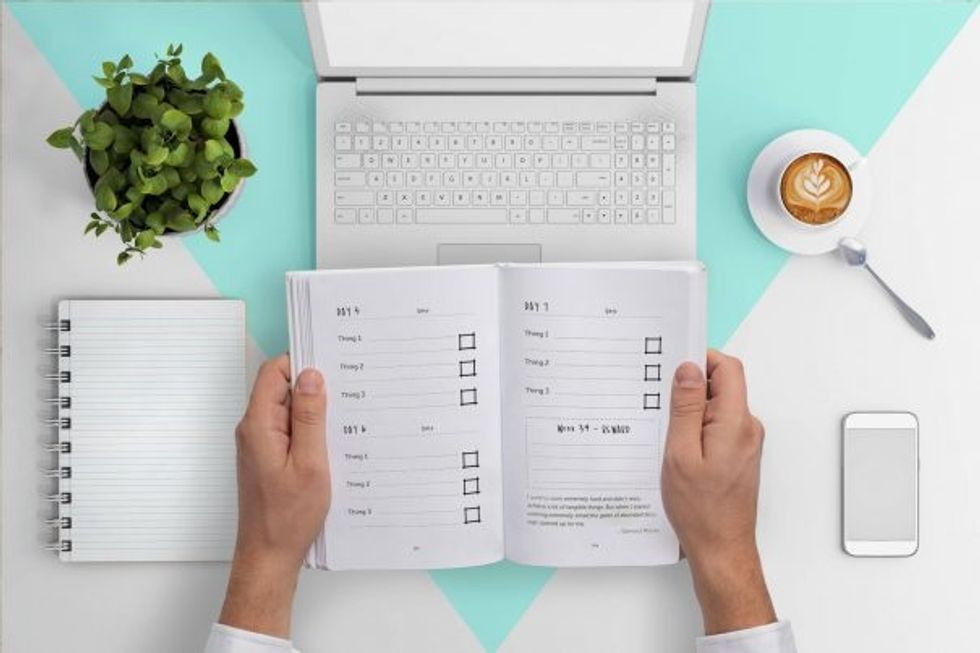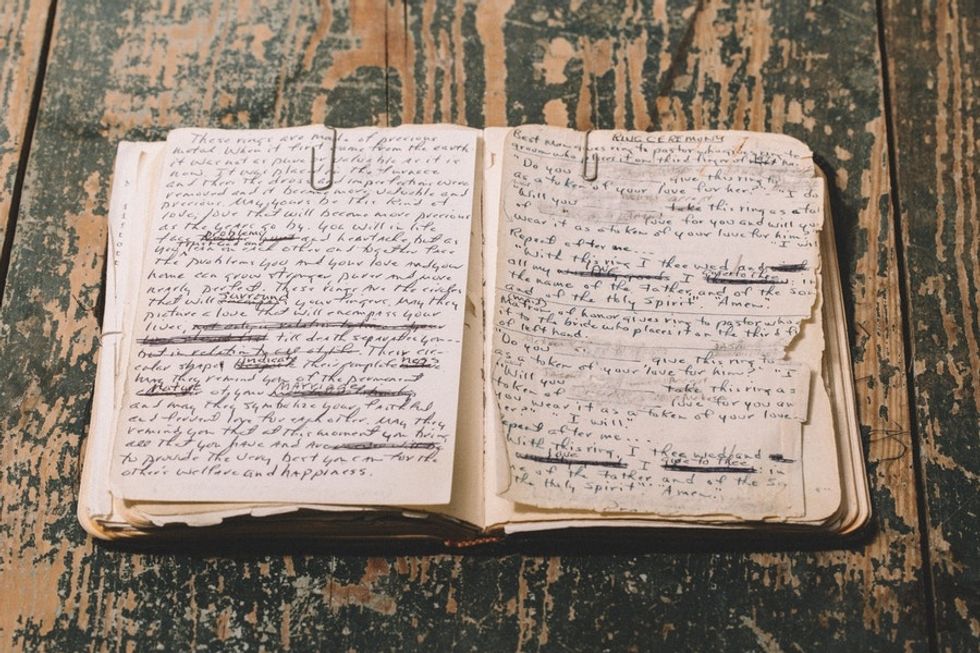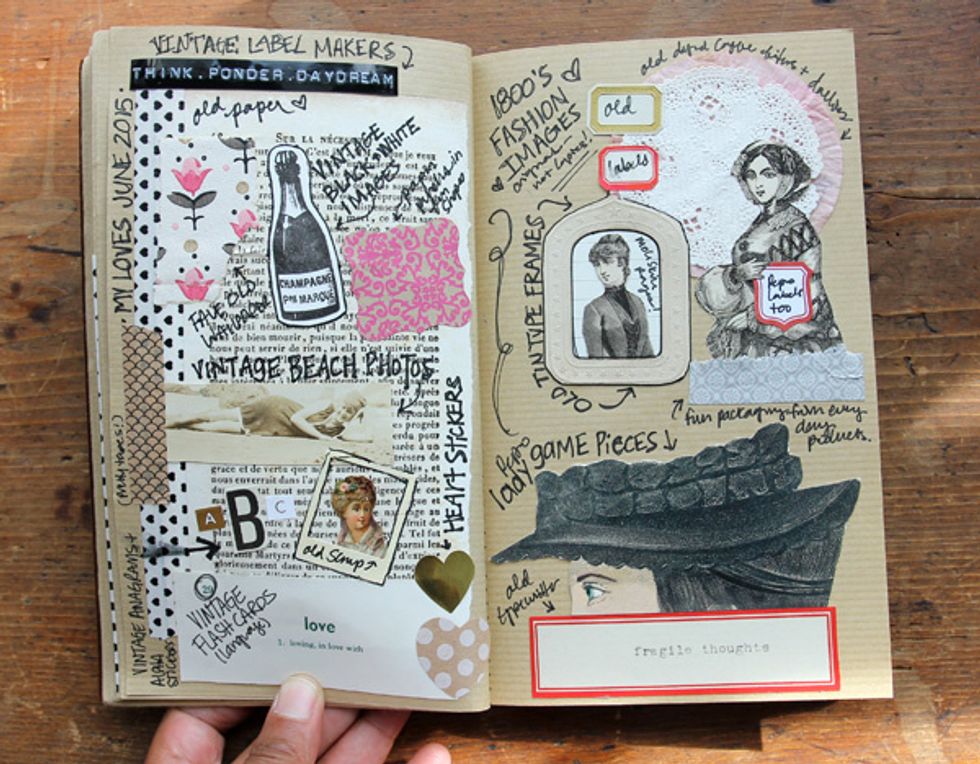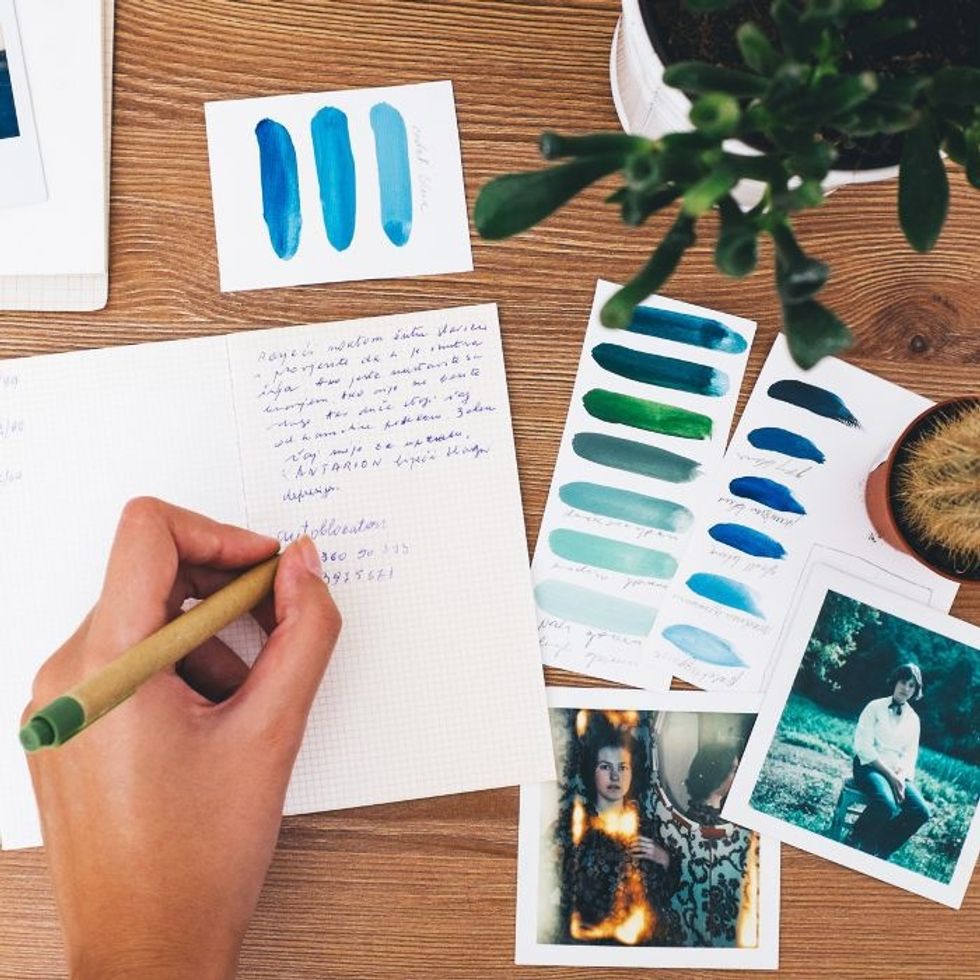Journaling can be a powerful, healing technique.
It can even help with anxiety, depression, PTSD, and more. Though it can be hard to maintain a habit, maybe you just haven’t found the right one for you. Here are five journaling strategies to test out.
1. Keep a gratitude journal
This is a powerfully simple habit that can change your perspective on the world. At the end of each day or week, write down everything that you’re grateful for. Remember, you don’t have to be happy or perfectly content to be grateful. And you can express gratitude for a multitude of different things, such as the opportunity to have a quiet night, or a violet sunset, or a great quote, or an unexpectedly nice talk with a friend. Then when you’re feeling down or lacking, you can read through it to remember what’s really important to you. Similarly, you can record things you’re proud of or even just keep a record of the beautiful things you see in nature and in the world around you.
2. Write your stream of consciousness
You don’t have to show your journals to anyone, so the good news is that you never have to worry about censoring yourself. Try freeing yourself of your inhibitions, silencing your inner editor, and refusing to censor your scariest thoughts, and just write about whatever’s really on your mind, no matter how embarrassing or painful. You can let the thoughts flow out without judgment, and whether you wind up writing three pages of self-criticism or a full-blown manifesto or just a record of your thoughts as they flow, you may just wind up feeling very relieved and purged of negative things you’ve been holding onto.
3. Make playlist journals
Maybe writing isn’t your thing, or you feel that music can better communicate your emotions than words. If this is the case, you could try making a musical playlist (or, if you’re like me, then many each month). You can keep a monthly or yearly playlist journal (either online or offline) where you add all your favorite songs from the year, or try to shape the playlist into a plot that reflects your life or tells a story about your feelings and emotions. For example, if you’re feeling confused about a relationship, then throwing together a bunch of the songs that best express that confusion and lostness might offer you a cathartic effect similar to the kind that you’d access while journaling. (You could also try your hand at writing a song, either using an instrument or an AI app).
4. Keep track of your habits
If you’re looking to heal or gain control of your life, it might help to try a focus journal—which is an umbrella term for a style of journaling that involves keeping track of your daily habits and routines. For example, you might try recording your dreams in the morning, your moods and emotions throughout the day, or what you eat in a day (which can also be helpful in healing from eating disorders, though this should preferably be done with the help of a nutritionist). Doing something like this regularly can help you notice patterns and habits that are or are not working from you. If journaling for a long period of time seems overwhelming, you can start by simply writing a quick sentence or two about the events of your day to work on building up the habit.
5. Write a letter
Whether you’re dealing with grief, mental illness, or fear about starting a creative project, writing a letter to someone or something that’s on your mind can be cathartic and healing. Try writing a letter to your ex, your past or future self, or even a specific emotion or part of your body, or to whatever you’re looking to come to terms with or embrace or manifest. The most important part of this practice: if you’re writing to a real person, don’t send the letter. Your journal should be your own private space for reflection.
6. Create a multimedia journal
For a more visual journaling experience, try cutting out images from books and magazines, drawing, printing your own photos, and using other forms of mixed media to create a collage. You might free-write based on the photos you chose, or place relevant quotes and designs into a cohesive order. You can also try out making a vision board or something else entirely—the Internet offers endless inspiration.
